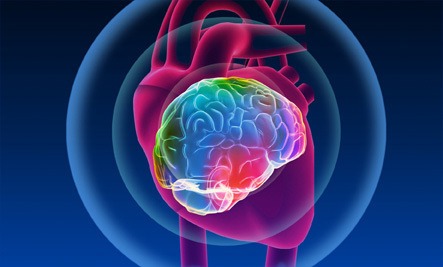I love this topic. Neuroplasticity is incredibly interesting and holds so much potential for our development. What more will we be able to do? How will neuroplasticity influence our health in areas such as Alzheimer’s disease, dementia, autoimmune disorders, brain injuries, and mental health? According to Britannica:

… neurogenesis has spurred an interest in stem cell research, which could lead to an enhancement of neurogenesis in adults who suffer from stroke, Alzheimer disease, Parkinson disease, or depression. Research suggests that Alzheimer disease in particular is associated with a marked decline in neurogenesis.
Interesting information I recently found can be accessed through the following link neuroplasticity. This is an easy-to-understand one page of information I hope you will read and learn a bit more. As someone with autoimmune disorders, in remission from cancer, and a long history of depression I am excited to check out all the possibilities.
I have confidence that with my ongoing use of HeartMath and incorporating neuroplastic behaviours into my routine I will see amazing improvements in my health. There remains much to learn about neuroplasticity and according to Positive Psychology there are two main types of neuroplasticity:
- – Structural neuroplasticity, in which the strength of the connections between neurons (or synapes) changes.
- – Functional neuroplasticity, which describes the permanent changes in synapes due to learning and development.” (Demarin, Morovic, & Bene, 2014)
Of course, neuroplasticity is not going to cure everything. Britannica goes on the suggest, some neural functions seem to be hard-wired in specific locations of the brain, while other neural networks are able to deviate from their specific functions and reorganize themselves.
The information I have found points to medical uses for neuroplasticity. The information tells us about developing new neural pathways. This suggests an opportunity for our personal and professional development, education, leadership development. The way our brains work allows us to jump to conclusions. This could be connected to the notion that the brain loves patterns. We will go along with those already formed patterns whether they are right or wrong. The things we have learned can result in unconscious bias and judgmental behaviour resulting in low workplace morale. (Reference)
Leaders need to be on the ball, life-long learning is a must for a leader to be truly successful and a true leader. Neuroplasticity can be implemented in ways to promote a positive work culture “where every worker feels valued and respected, helping employees to thrive“. What employer wouldn’t want that? If this can be done in the workplace it seems to follow that the same or similar approach could be used in numerous areas i.e. education, communities, family, and other relationships.

Where else might we be able to incorporate what we are learning about neuroplasticity?
How does neuroplasticity work with the heart-brain connection? How can it be used with HeartMath(R)?
I encourage you to keep seeking information about neuroplasticity and its uses to help us all achieve the beautiful life we deserve.
Let’s work together to make a start at achieving your beautiful life – be what you want to be – do what you want to do.
Follow me on: LinkedIn https://www.linkedin.com/in/dr-elaine-leads-nurses/ or FaceBook https://www.facebook.com/fromtheheartwithdrelaine